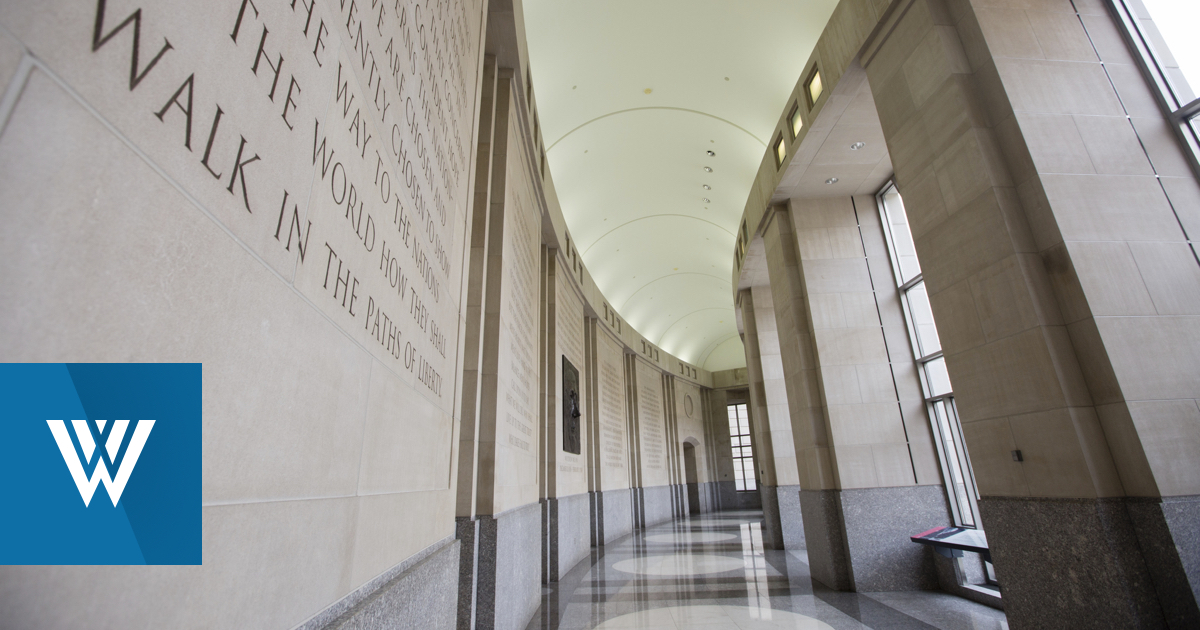Broken Bridge in Baltimore: A Warning for North American Supply Chains

A recent ship collision that destroyed the Francis Scott Key Bridge highlights the importance of backup options in supply chain logistics. Past disruptions like 9/11 and the COVID-19 pandemic have shown the need for alternative routes. Investments in infrastructure, such as the Gordie Howe International Bridge, aim to enhance regional competitiveness and provide redundancy in case of emergencies. The collapse of the Key Bridge will reroute commercial traffic through Baltimore.
Source: Link
FAQ for Broken Bridge in Baltimore: A Warning for North American Supply Chains - Wilson Center
Frequently Asked Questions (FAQs) - Broken Bridge in Baltimore: A Warning for North American Supply Chains
FAQ #1: What happened to the Francis Scott Key Bridge in Baltimore, Maryland?
Answer: Expert reports indicated that the Francis Scott Key Bridge in Baltimore, Maryland collapsed, which could result in supply chain delays for the auto and farming industries.
FAQ #2: What are the potential impacts of the bridge collapse on local supply chains?
Answer: The collapse of the bridge in Baltimore could cause significant disruptions and delays in supply chains, particularly affecting the auto and farming industries in the area. These delays can exacerbate existing supply chain issues in the country.
FAQ #3: How does infrastructure like the Francis Scott Key Bridge affect North American supply chains?
Answer: Infrastructure such as bridges plays a critical role in North American supply chains by facilitating the movement of goods and services across regions. When key infrastructure fails, it hampers the efficiency and reliability of transportation, leading to ripple effects throughout the supply chain.
FAQ #4: What lessons can be learned from the broken bridge incident in Baltimore?
Answer: The incident serves as a warning about the current state of infrastructure in North America and the need for timely maintenance and upgrades to prevent disruption in supply chains. It highlights the importance of investing in infrastructure to ensure the resilience of supply networks.
FAQ #5: What actions might be taken to mitigate the effects of such infrastructure failures on supply chains?
Answer: Actions to mitigate the effects include conducting regular infrastructure assessments, prioritizing repairs and upgrades, diversifying transportation routes, increasing inventory levels to cushion supply chain shocks, and developing contingency plans for supply chain management.
FAQ #6: Has this event sparked any discussions about infrastructure investment in the United States?
Answer: While the provided content does not explicitly mention discussions following the event, such incidents typically prompt conversations about the need for infrastructure investment and maintenance to support sustained economic growth and supply chain stability.
FAQ #7: Are there any updates on the repair status of the broken bridge or alternative routes?
Answer: The provided content does not provide information about the repair status or alternative routes. However, local news outlets and transportation authorities are likely sources for updates on the situation.
Please note that the information provided above is based on the content available in the search results. For the latest and most detailed information, you may want to check the most recent reports from local news agencies, transportation departments, or infrastructure experts.

